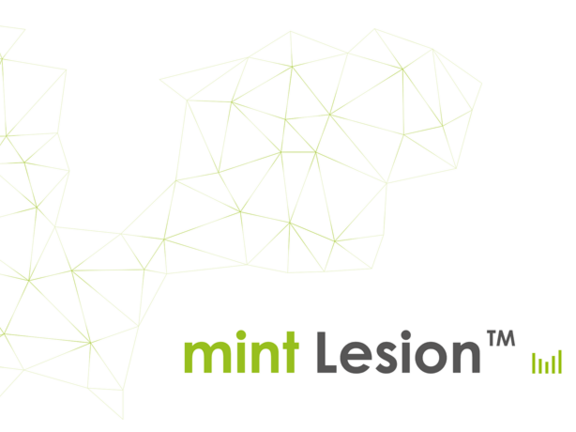Context-driven read procedures in mint Lesion™ facilitate the generation of well-structured data on a large scale. At RSNA 2016, Mint Medical presents a web-based interface to visualize and analyze all acquired data from patients and patient cohorts, as well as usage statistics allowing the monitoring of clinical research and clinical routine work.
On a patient cohort or trial level for instance, a visualization of patient responses can be given as a real-time breakdown. Flexibly customizable queries and filtering capabilities uncover extraordinary cases within cohorts or can be used to identify patients with similar disease status and/ or traits.



